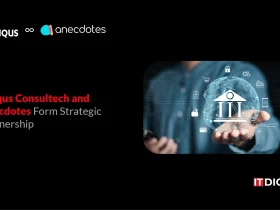Keeper Security, the leading provider of zero-trust and zero-knowledge cybersecurity software protecting passwords, secrets, and connections, announced that the company has obtained FedRAMP Authorization at the Moderate Impact Level for its Keeper Security Government Cloud (KSGC).
The KSGC password management and security solution has successfully completed the rigorous FedRAMP accreditation process. This highly sought-after and difficult to attain designation sets KSGC apart from its competitors as the best in class zero-trust and zero-knowledge security solution for government agencies to protect their passwords, data, and secrets. KSGC is hosted in AWS GovCloud (US), designed to host sensitive data, regulated workloads, and address the most stringent U.S. government security and compliance requirements.
To receive FedRAMP Authorization, organizations must implement controls from 17 different control families that originate from National Institute of Standards and Technology Special Publication 800-53. This alone can take organizations months or years, depending on the complexity of the system. Authorization can only be pursued by an organization through partnering with a federal agency or the Joint Authorization Board (JAB). Additionally, the system must be evaluated and assessed by an authorized independent third-party auditor prior to submitting for final review and authorization by the FedRAMP Program Management Office.
Also Read: ClearObject, an Industry Leading IoT Solutions Provider, selected by Google Cloud Platform
“Keeper is proud to bring its password management and cybersecurity platform to FedRAMP Authorized status,” said Darren Guccione, CEO and Co-Founder of Keeper Security. “This authorization demonstrates Keeper’s longstanding — and, some would say, fanatical — commitment to the highest standards of internal security controls and encryption. Keeper is prepared to help federal agencies protect their digital assets against ransomware, data breaches and other password-related cyberattacks.”

































